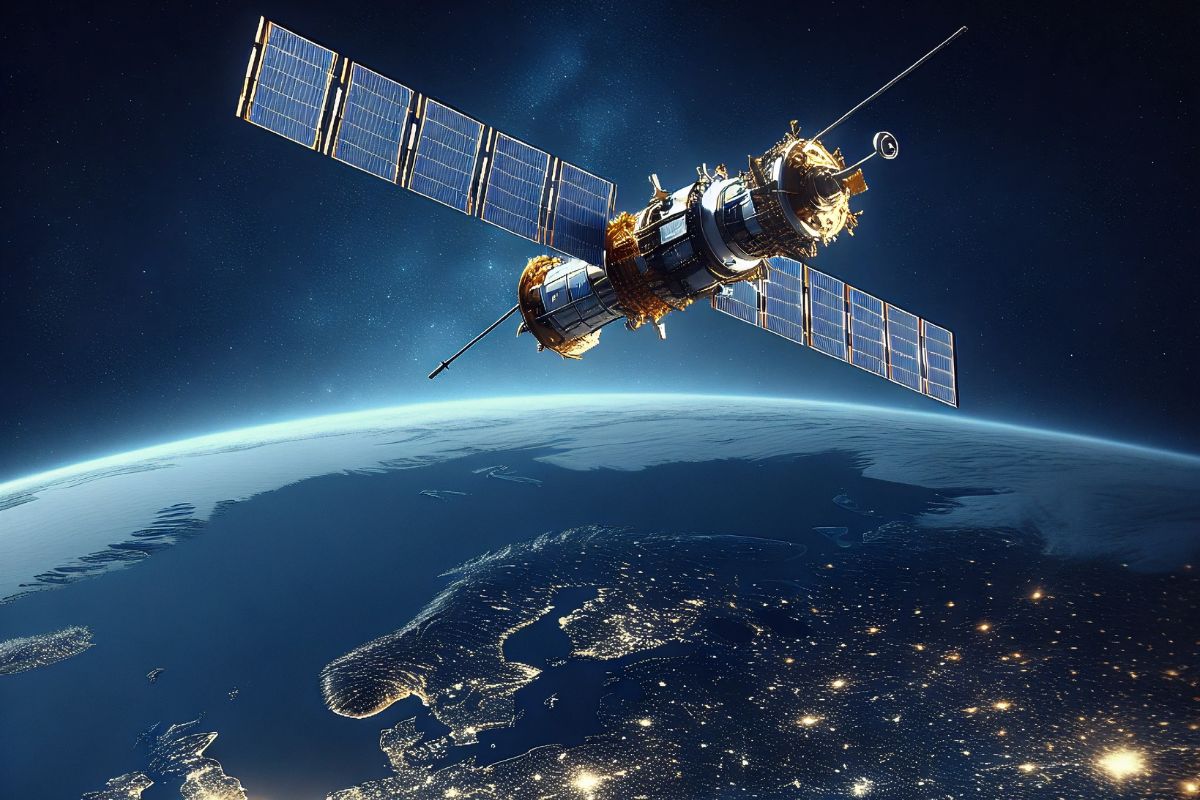


Thursday, the Indian Space Research Organisation (ISRO) reached a big goal in its SpaDeX program by putting two satellites together in space. India, along with the US, Russia, and China, is one of only a few countries that has been able to show this very difficult skill.
SpaDeX Docking Update:
Post docking, control of two satellites as a single object is successful.
Undocking and power transfer checks to follow in coming days.
— ISRO (@isro) January 16, 2025
The mission was launched on 30 December 2024. It comprised two small satellites, SDX01 (Chaser) and SDX02 (Target), that were brought to within three meters before final docking. Docking was originally planned for 7 January but technical problems caused a postponement of two days and it finally happened on 16 January.
The Indian Prime Minister, Narendra Modi, praised the ISRO scientists for their achievement and said it was a big step towards India’s future ambitious space projects. The docking should make it easier to start new projects in the future, like building a space station and thinking about sending people to other planets.
SpaDeX Docking Update:
🌟Docking Success
Spacecraft docking successfully completed! A historic moment.
Let’s walk through the SpaDeX docking process:
Manoeuvre from 15m to 3m hold point completed. Docking initiated with precision, leading to successful spacecraft capture.…
— ISRO (@isro) January 16, 2025
ISRO‘s next steps would include a demonstration of power transfer between the two satellites and further tests before undocking them to operate their payloads for up to two years.
This is the first step toward history for ISRO as it has increased its capabilities to progress in space technology. This will reinforce India’s status as a prime player in the world space exploration scenario.
The second docking experiment of the SPADEX satellites (SDX-01 and SDX-02) on April 20 at 8:20 PM. This fully autonomous operation began from a distance of 15 meters, unlike the first attempt which involved a manual hold at 3 meters. On April 21, the satellites successfully shared power. They even powered a heater element. The power transfer took around four minutes. The satellites worked as planned. This achievement is a major step for India’s space docking skills.

